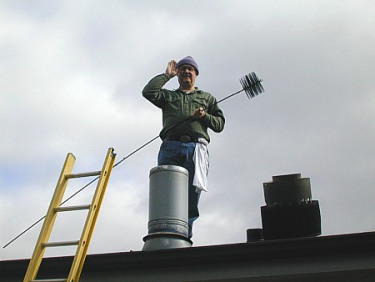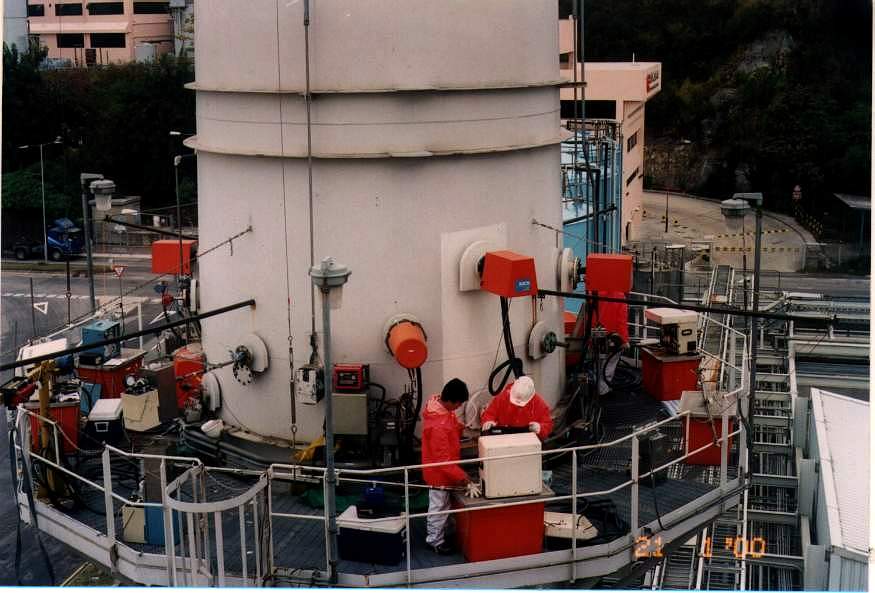 Industrial Safety Sub Group (ISG) Activities
Industrial Safety Sub Group (ISG) Activities
Gas (and vapour) hazards in an industrial setting can result in fire and explosion (flammable gas and oxygen enrichment hazards), acute and chronic illness (toxic gas hazard including VOCs), and asphyxiation (oxygen deficiency hazard). Furthermore, industrial gas emissions can result in environmental harm. Also of concern are the flammable and toxic risks associated with particulate matter.
Gas monitoring, detection and analysis equipment, which is fit for purpose, provides an effective means of preventing harm or mitigating such risks. It plays a vital role in protecting people and safeguarding the environments where they live and work. The users of personal, portable, transportable and fixed detectors must have confidence in the reliability of the equipment itself and, for fixed detection systems, confidence in its effectiveness at detecting leaks through appropriate siting of detectors.
CoGDEM plays an important part in ensuring that standards are maintained for both products and workers in areas where hazardous gases may occur. CoGDEM assists in preparing standards (for both instrument performance and guidance) and supporting basic research activities that are essential in ensuring that legislation, standards, and products are improved continuously.
Although products may be manufactured to National or International Standards, the actual measurements being taken are only as good as the calibration of the instrument used. CoGDEM believes that the correct calibration of products and competent use and maintenance are essential to ensure best monitoring practice.
CoGDEM has written a reference book on all aspects of workplace gas detection including instrument calibration. "The CoGDEM Guide to Gas Detection" should be used in conjunction with specific manufacturer's instructions by trained personnel. Further guidance and information on legislation, standards, detectors and their use, sensor development, etc. is available from other sources, e.g. HSE, BSi, BOHS, AIHA.
 Workplace and Indoor Safety and Health
Workplace and Indoor Safety and Health
The main purpose of gas detection instrumentation is to help protect against the immediate risks arising from the presence of flammable gas, acute exposure to toxic gas and asphyxiation, which could result in temporary impairment, injury and death. This may be described as safety risk protection. However, an exposure which may not be an immediate, safety risk may pose a longer term threat to health and wellbeing. For example, long term (chronic) exposure to certain gases/vapours may result in a wide range of conditions ranging from severe ill-health (eg cancer, neurological effects etc) to a general lack of wellbeing. Consequently, health risk protection must also be considered and how gas detection can play a role.
Currently, in the UK, the legally binding Workplace exposure limits (WELs) set long term (8 hr) limits in addition to the short term (15 min) limits (similar lists are produced in the  USA, for example). For certain gases, long term exposure alarms on monitors can be and indeed are set on commercially available equipment. However, these are in the minority. The list of gases for which there are long term WELs is not exhaustive; many of the gases are difficult to monitor, including many VOCs, and invariably in mixtures; and for carcinogens, for example, exposure levels must be reduced to as low as is reasonably practicable. Furthermore, as toxicology knowledge develops, then exposure limits and guidance levels are inevitably driven downwards. These all present considerable challenges for the gas detection community. Nevertheless, the long term health of the workforce is an important aspiration and the gas detection industry must search for ways to help realise it.
USA, for example). For certain gases, long term exposure alarms on monitors can be and indeed are set on commercially available equipment. However, these are in the minority. The list of gases for which there are long term WELs is not exhaustive; many of the gases are difficult to monitor, including many VOCs, and invariably in mixtures; and for carcinogens, for example, exposure levels must be reduced to as low as is reasonably practicable. Furthermore, as toxicology knowledge develops, then exposure limits and guidance levels are inevitably driven downwards. These all present considerable challenges for the gas detection community. Nevertheless, the long term health of the workforce is an important aspiration and the gas detection industry must search for ways to help realise it.
Similar considerations may also apply to (a) gases in the indoor environment and (b) particulate matter in both the workplace and indoors.